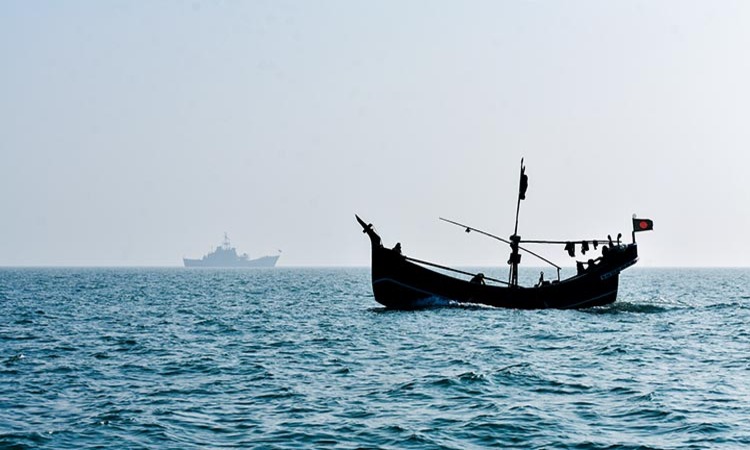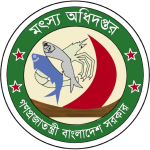In August 2015, after a two-month hiatus, Bangladesh’s coastal regions came alive again as the government
officially lifted the 65-day marine fishing ban that had been in effect from 20 May to 23 July. The reopening
of fishing grounds across the Bay of Bengal marked a critical moment for thousands of fishermen and seafood
businesses who had been waiting anxiously to return to work.
From the very first week of August, fishing trawlers, mechanized boats, and traditional vessels began heading
out to sea from key landing points such as Cox’s Bazar, Kuakata, Patharghata, Barguna, and Chittagong.
Local fish markets witnessed renewed energy as traders, ice plant operators, and transport workers resumed
operations after the long seasonal break. The return of the fishing fleet was accompanied by bustling activity at
coastal ports, cold storage units, and fish landing centers—signaling an economic revival for coastal
communities dependent on the fishing industry.
Early reports indicated an encouraging start to the new fishing season. Many trawlers returned with healthy
catches of hilsa, tuna, snapper, and ribbonfish, suggesting a positive ecological impact of the fishing ban.
Fishermen noted an increase in fish size and abundance compared to pre-ban months. The Department of
Fisheries and local marine scientists credited the ban for allowing fish populations to regenerate and for
improving the overall balance of marine biodiversity.
However, the reopening also presented several operational challenges. The sudden influx of fishing vessels
created temporary congestion at major landing sites, while some ice plants and cold storage facilities faced
capacity issues after weeks of inactivity. Transportation delays were reported in a few coastal towns due to high
demand for logistics and fuel shortages.
In the export sector, seafood processing plants began preparing for new shipments, particularly of shrimp and
hilsa, to international markets. Traders expressed optimism that the renewed supply would stabilize domestic
prices and support export recovery after the previous months’ shortage. Still, industry observers warned that
sustainability measures must continue beyond the ban period to ensure long-term marine health.
Local fishery cooperatives called for stricter monitoring and responsible fishing practices to maintain the
ecological gains achieved during the closure. They urged authorities to enforce regulations on net mesh size,
juvenile fish protection, and trawler limits. Many also emphasized the importance of improving fishermen’s
safety at sea, as a sharp rise in fishing activity during monsoon conditions posed risks of accidents and vessel
damage.
By the end of August, the mood across coastal Bangladesh was one of cautious optimism. The successful
reopening demonstrated the effectiveness of temporary bans in balancing ecological sustainability with
livelihood recovery. The experience of 2015 reinforced the growing awareness that responsible management of
marine resources is essential not just for conservation—but for the long-term prosperity of the nation’s fishing
communities.
Source link:
(Compiled from reports in The Daily Star, Dhaka Tribune, and Bangladesh Fisheries Department Updates,
August 2015)

















